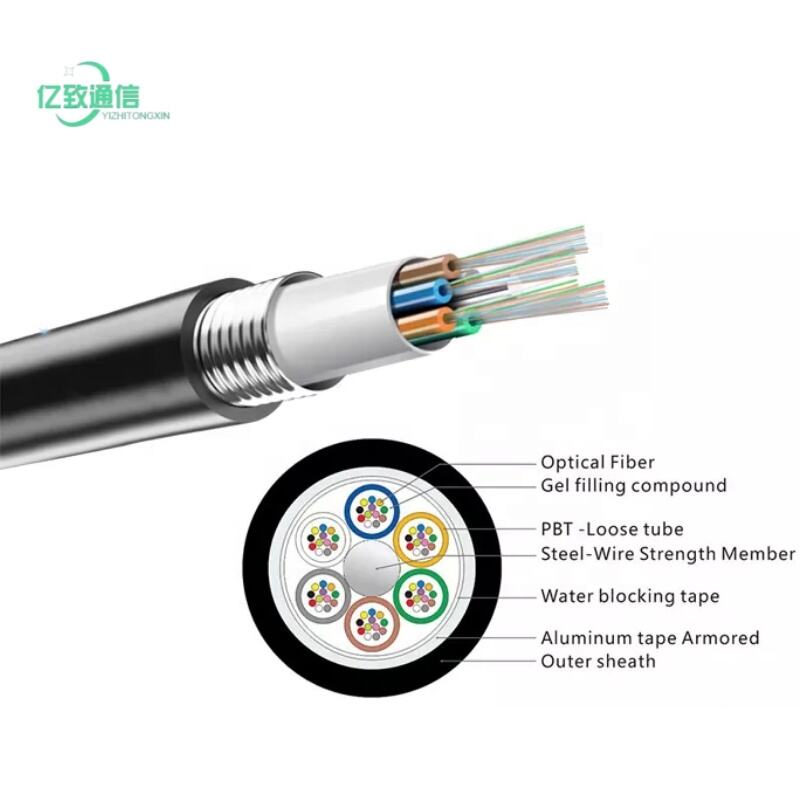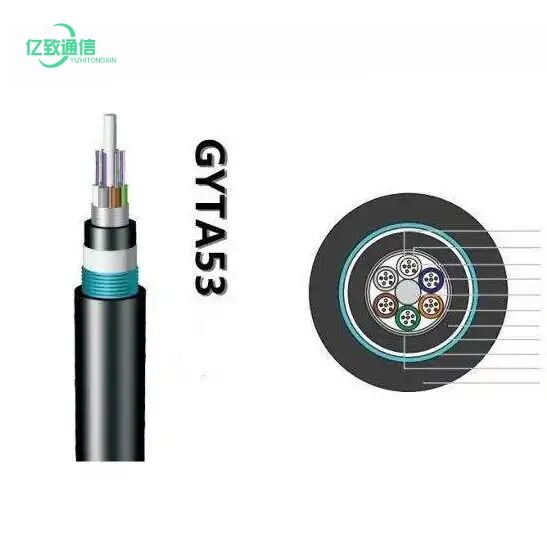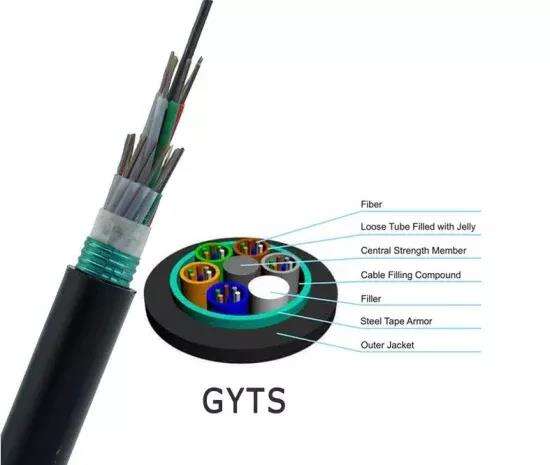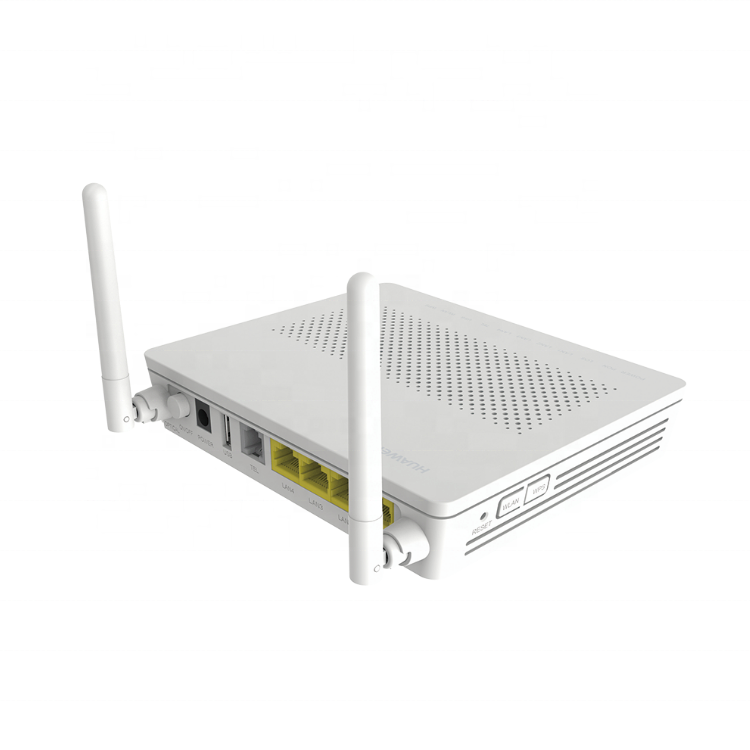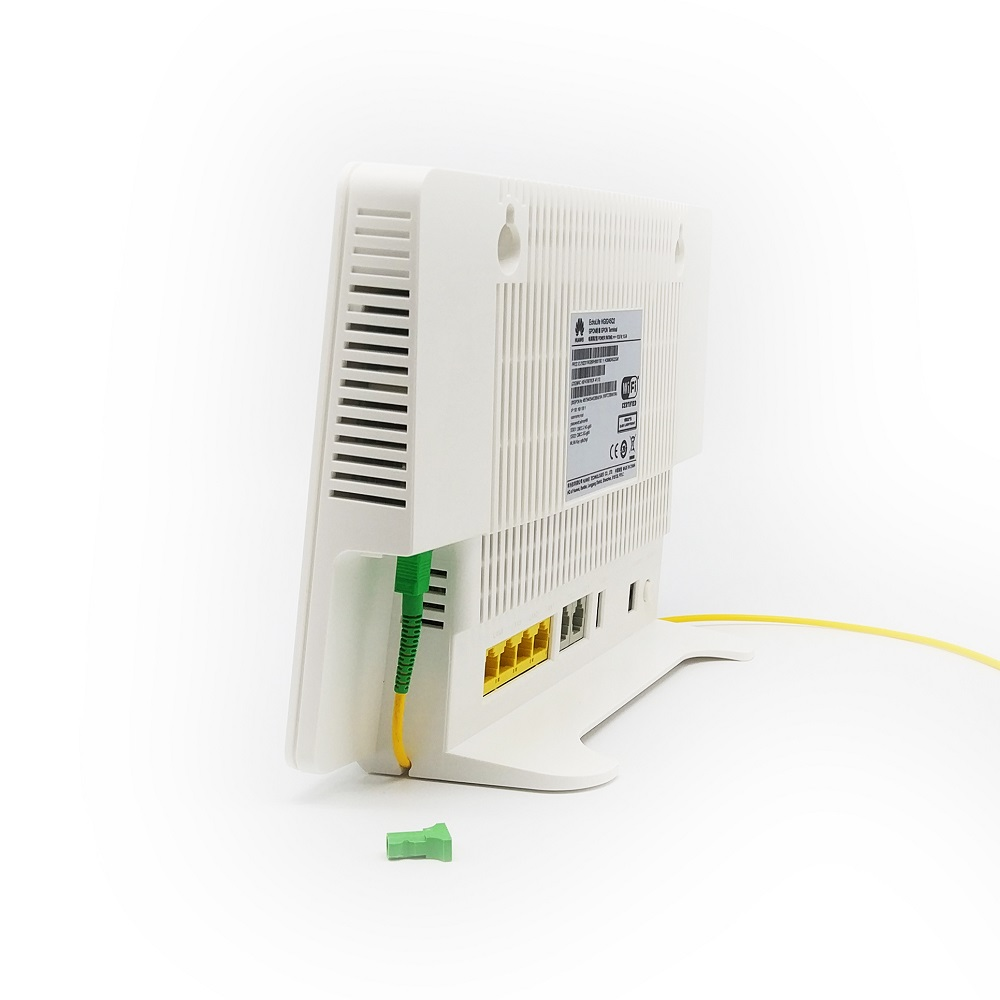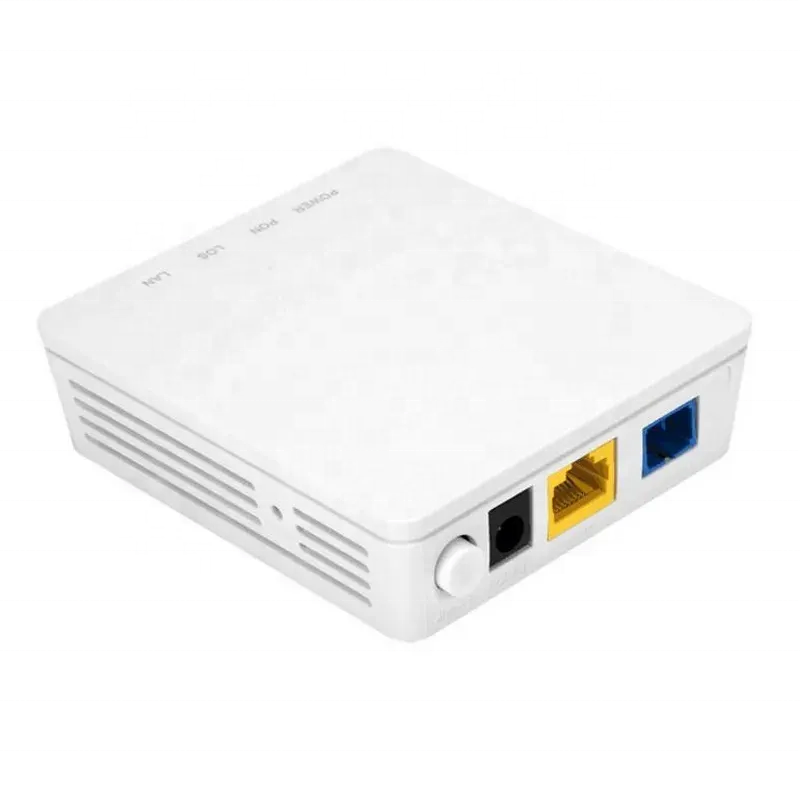flat cable
Flat cables, also known as ribbon cables or flat flexible cables (FFC), represent a revolutionary advancement in cable technology, featuring multiple conducting wires running parallel to each other in a flat, ribbon-like configuration. These cables are engineered with precision-crafted copper conductors laminated between insulating materials, typically polyester or polyimide films, creating an incredibly thin and flexible connection solution. The design allows for efficient signal transmission while maintaining exceptional mechanical flexibility and reliability. Flat cables excel in high-density applications where space is at a premium, offering superior EMI/RFI shielding capabilities when properly constructed with metallic shields. These cables support various pitches and conductor counts, making them adaptable to numerous electronic applications, from consumer electronics to industrial machinery. The standardized design ensures consistent electrical characteristics and impedance control, while the flat profile facilitates easier routing in tight spaces and around corners. Modern flat cables incorporate advanced materials and manufacturing techniques that enhance their durability and performance in challenging environments, making them indispensable in modern electronic design.

